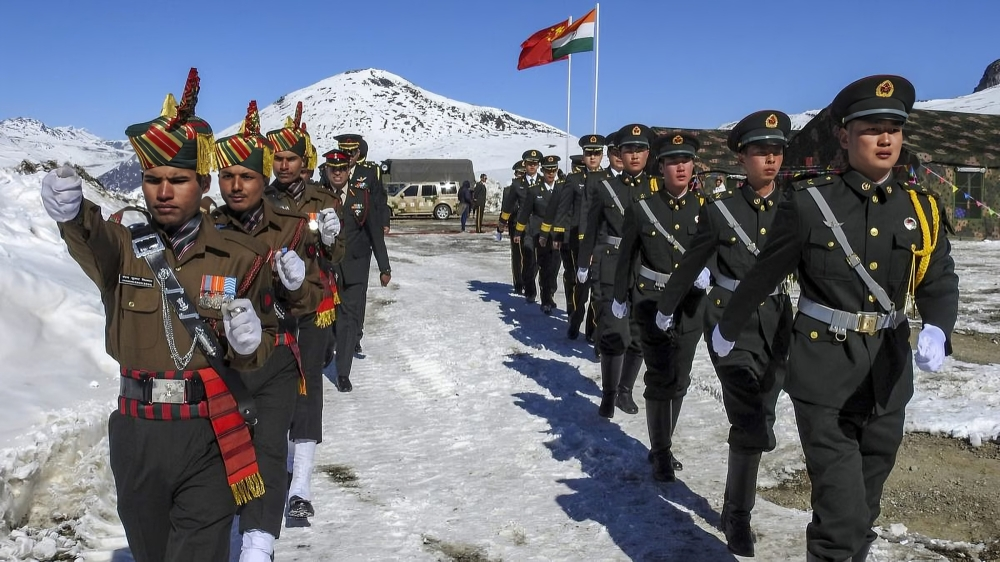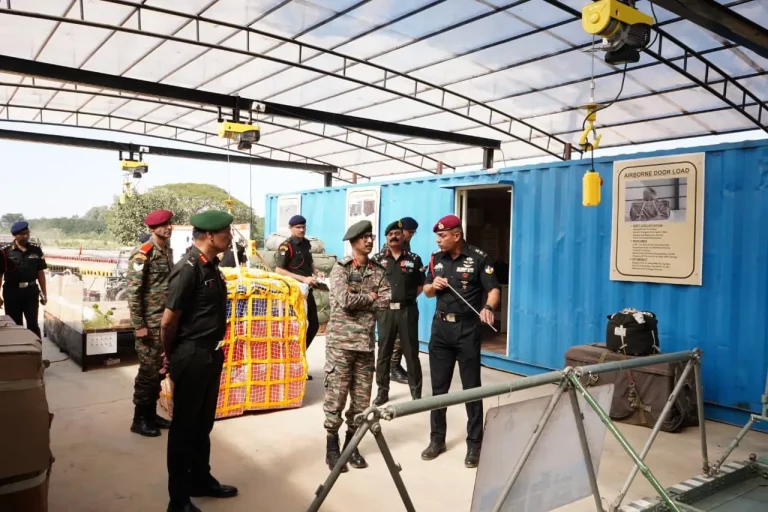In a decisive diplomatic response, India has firmly rejected China’s recent attempt to rename several locations in Arunachal Pradesh, reiterating that the northeastern state is an inseparable part of India. Randhir Jaiswal, spokesperson for the Ministry of External Affairs (MEA), criticized the Chinese efforts as “vain and preposterous,” emphasizing that such actions will not alter the reality on the ground.
During a press briefing, Jaiswal expressed, “We have noted that China has persisted with its vain and preposterous attempts to name places in the Indian state of Arunachal Pradesh. Consistent with our principled position, we reject such attempts categorically. Creative naming will not alter the undeniable reality that Arunachal Pradesh was, is, and will always remain an integral and inalienable part of India.”
China’s naming initiative comes amid ongoing border tensions between the two nations, particularly in the eastern sector adjacent to the Line of Actual Control (LAC). In April 2024, China unveiled a list of 30 “standardized” names for locations in Arunachal Pradesh, which China claims as part of “Zangnan,” or South Tibet. This announcement followed Indian Prime Minister Narendra Modi’s notable visit to the region in March 2024 to inaugurate the strategically significant Sela Tunnel.
The longstanding border dispute traces back to the 1962 Sino-Indian War and revolves around divergent interpretations of the McMahon Line, a boundary established during the 1914 Simla Convention. India regards the McMahon Line as the formal border, whereas China contests it, arguing that Tibet lacked sovereignty to enter into such agreements.
India’s robust response underscores the deep historical, cultural, and administrative connections that Arunachal Pradesh has with the Indian Union. Spanning an area of 83,743 km², the state is rich in natural beauty and biodiversity. It is also home to various indigenous communities, including the Monpa, Tani, Mishmi, and Deori. Moreover, the region is of considerable strategic significance and offers ample economic potential, particularly in sectors such as hydroelectric energy and traditional industries like handloom weaving.
In recent years, tensions along the LAC have escalated, highlighted by the deadly clash in Galwan Valley in 2020. Concurrently, reports have emerged regarding China’s construction of “border villages,” which are perceived to reinforce its territorial claims. In response, India has expedited infrastructure development within the region, focusing on strategic roads and tunnels to enhance connectivity and fortify military preparedness.
As both nations continue to pursue diplomatic engagement while simultaneously fortifying their positions on the ground, India’s rejection of China’s renaming initiative signals a clear commitment to upholding its territorial integrity and national interests.


















